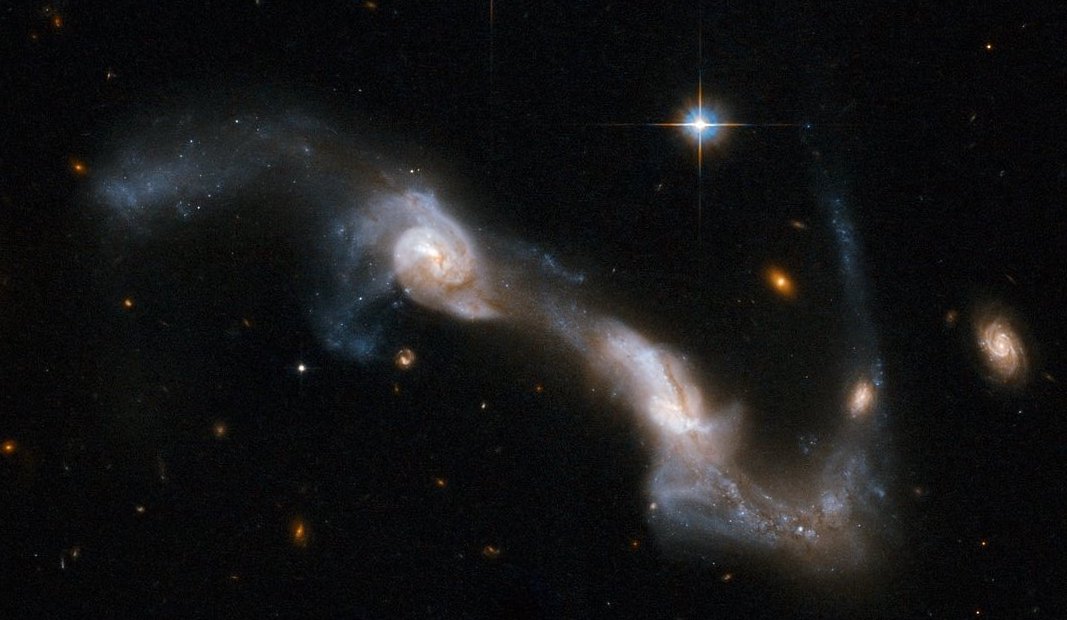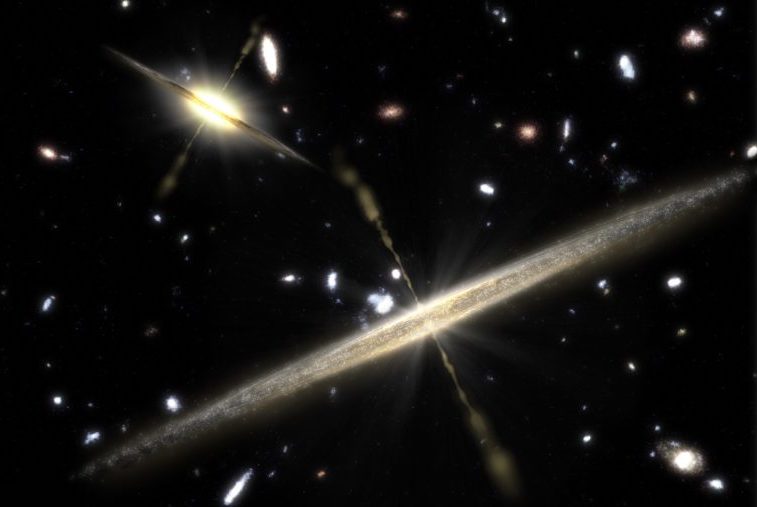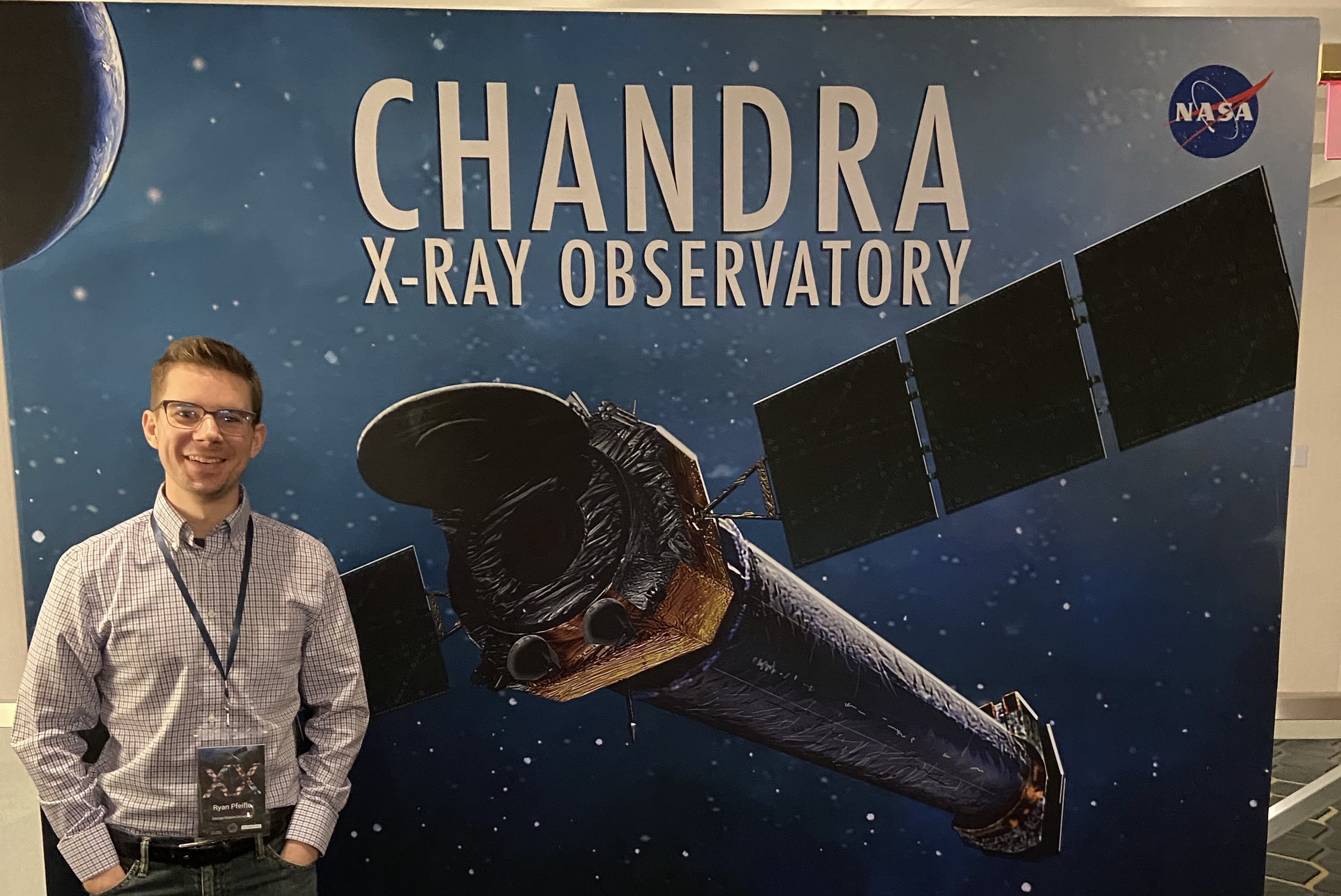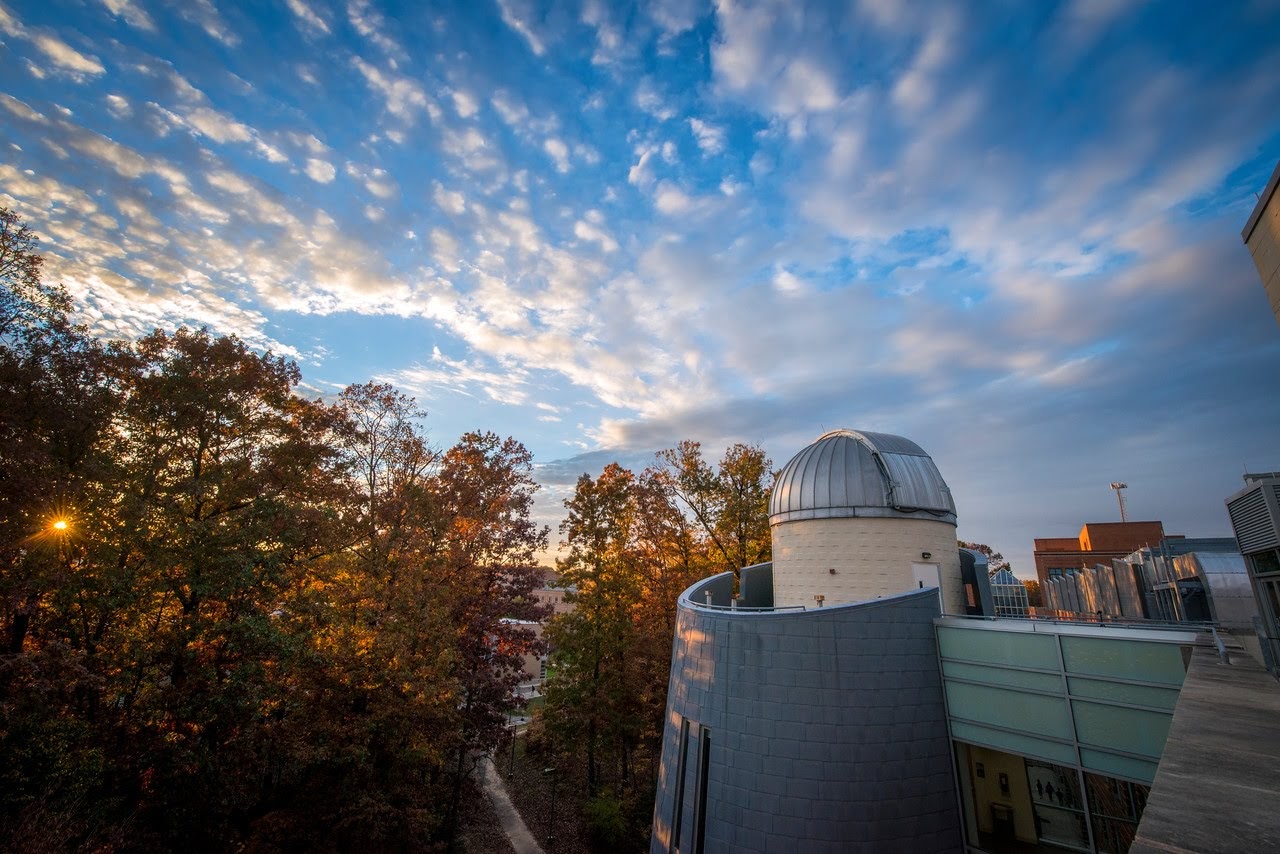Hunting for Elusive AGN in Late Stage Galaxy Mergers
My current research focuses on the X-ray properties of interacting galaxies and dual AGN.

Since the pioneering work of Toomre & Toomre (1972), galaxy mergers have come to be understood as a critical component of the ΛCDM cosmological paradigm of hierarchical growth in the Universe. Numerical simulations demonstrate that gravitational tidal torques induced during the merger of two galaxies can drive vast reservoirs of gas toward the galactic nuclei (Barnes et al. 1992) and into the vicinity of the SMBHs (e.g., Kormendy et al. 1995), and thus mergers should be natural hosts of active galactic nuclei (AGNs, e.g., Hopkins et al. 2008; Blecha et al. 2018). Dual AGNs, where both nuclear SMBHs are active, may represent a key stage in the merger-driven growth of the AGNs: hydrodynamic simulations predict that dual AGNs in late-stage mergers grow the most expeditiously, with the AGN column densities, mid-IR colors, and bolometric luminosities peaking just prior to the coalescence of the SMBHs (Blecha et al. 2018).
The Hunt for Dual AGNs
The vast majority of dual AGNs and candidates in late-stage mergers have been sought using optical observations, but it is possible that optical selection could miss a significant fraction of dual AGNs due to the high obscuration expected in these late-stage mergers. Motivated by this, we selected a sample of 15 late-stage galaxy mergers using WISE mid-IR colors in a search for dual AGNs with projected separations less than 10 kpc. Follow-up Chandra observations revealed dual nuclear X-ray sources in 8 out of 15 galaxy mergers, indicative of dual AGNs, and we found that over 90% of the AGNs in the sample were consistent with being heavily obscured, as expected from hydrodynamic simulations (Blecha et al. 2018). Interestingly, roughly a third of our sample showed no signs of AGNs in the optical, suggesting that current optical searches for dual AGNs are indeed missing a significant fraction of all dual AGNs.
While presenting this work in Lyon, France, in 2019, our results were featured in a press release at the European Week of Astornomy and Space Sciences (EWASS)!
This press release was picked up by Astronomy.com, Phys.org, and many more science websites.
The First Confirmed Triple AGN in a Late-Stage Galaxy Merger
Contemporaneously with the dual AGN Chandra program, I also led the multiwavelength effort which resulted in the discovery of the first confirmed triple AGN in a late-stage merger (Pfeifle et al. 2019b). SDSS J0849+1114 is a triple galaxy merger within which Chandra revealed three nuclear X-ray point sources, with hard X-ray fluxes above that expected from star formation activity. In concert with Chandra, NuSTAR confirmed the primary AGN is heavily obscured (NH ~ 8 x 1023 cm-2). Near-IR and optical spectroscopic observations from LBT further revealed three BPT AGNs within the merger and AGN driven outflows emanating from at least two of the three nuclei. Featured in an official NASA Chandra press release, this discovery has since been confirmed by Liu et al. 2019 and Foord et al. 2021a,b.
I had a blast presenting this finding in an Astronomy on Tap talk in D.C. in 2019. You can check out my talk here:
I had the honor of being a NASA Chandra guest blogger following my press release in Fall of 2019, and I really enjoyed the chance to write (in gory detail!) about our discovery for a more general audience.
This press release was picked up by CCN, The New York Times, Gizmodo, Space.com, Vice, and many, many more! There was even an AstroBites article written about it, which you can find here.
Shobita and I also sat down for an interview with John Hollis for the Access to Excellence Podcast at George Mason, which you can listen to below!
Diagnostic Criteria for Heavily Obscured AGNs
As a member of the BAT AGN Spectroscopic Survey (BASS) collaboration, I used the well-studied Swift-BAT AGN sample to develop a new diagnostic for heavily obscured AGNs using mid-IR WISE colors and the well-known relationship between the AGN 2-10 keV and 12μm emission. In Pfeifle et al. (2021, in press), we showed that heavily obscured AGNs exhibited both lower values of L2-10 keV, Obs./L12μm and preferentially ``redder'' mid-IR colors (traced by the L22μm/L4.6μm luminosity ratio) than less obscured AGNs. Using the ratios of L2-10 keV, Obs./L12μm and L22μm/L4.6μm, we developed diagnostic criteria which selects highly complete (~80%) and fairly reliable (>60%) samples of AGNs with log(NH/cm-2)≥24, and we derived expressions relating L2-10 keV, Obs./L12μm and L22μm/L4.6μm to the nuclear column density (NH). These expressions and diagnostic criteria may be used on future, large samples of AGNs -- such as those being detected by eROSITA -- to search for heavily obscured AGNs, provide quantitative predictions for the nuclear column densities, and compute the Compton-thick fractions in these AGN populations.


